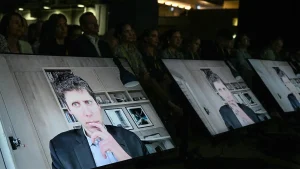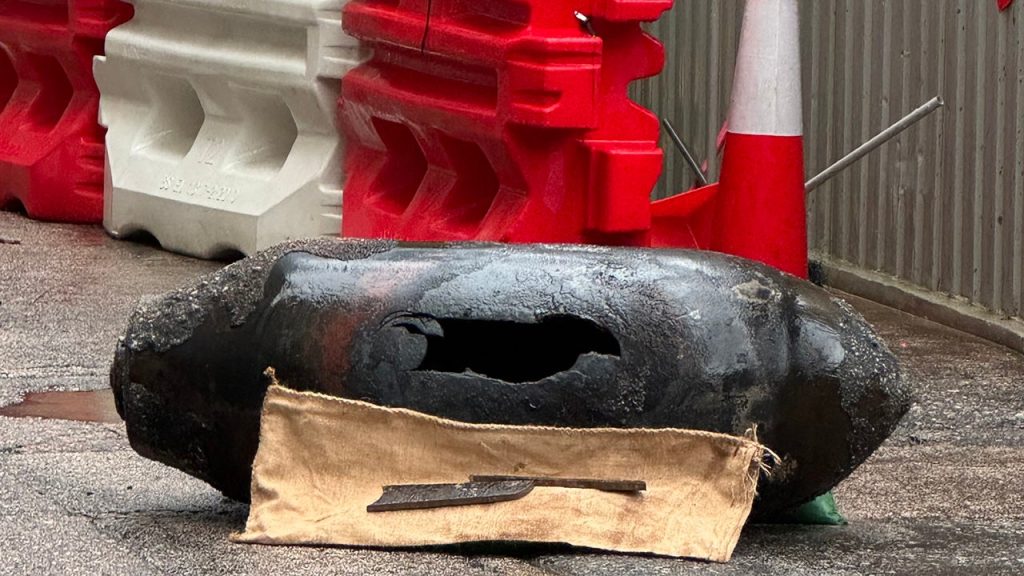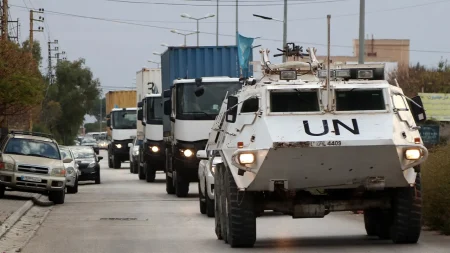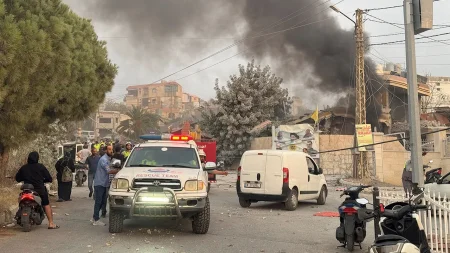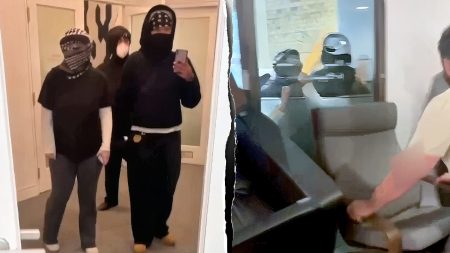World War II Bomb Forces Thousands to Evacuate in Hong Kong
In the early hours of Saturday morning, residents of Hong Kong’s Quarry Bay neighborhood experienced an unsettling disruption as authorities ordered the immediate evacuation of approximately 6,000 people from 1,900 households. The cause of this urgent midnight exodus wasn’t a natural disaster but rather a dangerous relic from the past: an undetonated American bomb from World War II discovered at a local construction site. Police official Andy Chan Tin-Chu confirmed the finding, emphasizing the “exceptionally high risks” that necessitated the swift evacuation. The massive explosive device, measuring nearly 5 feet in length and weighing 1,000 pounds, contained roughly 500 pounds of TNT still capable of devastating destruction despite lying dormant for nearly eight decades.
The Hong Kong Police Force’s Explosive Ordinance Disposal (EOD) team faced extraordinary challenges as they worked through the night to neutralize the threat. Making matters more difficult, the delicate operation took place during typhoon conditions, with experts carefully dismantling the device between approximately 2 a.m. and noon on Saturday. The police reported on social media that the bomb appeared to be “still in good condition” despite its age, highlighting the serious danger it posed to the densely populated urban area. Their meticulous work paid off when they successfully neutralized the threat by 11:48 a.m., allowing thousands of displaced residents to eventually return to their homes with no injuries reported.
This discovery represents more than just an isolated incident for Hong Kong. It serves as a tangible reminder of the island’s complex wartime history when it was occupied by Japanese forces and subsequently targeted by American air raids. The bomb was likely dropped by U.S. service members during one such operation, becoming buried and forgotten until construction work exposed it decades later. The careful preservation of the explosive material over such an extended period demonstrates both the engineering effectiveness of wartime munitions and the lingering physical dangers that remain hidden beneath many former conflict zones worldwide.
This isn’t the first time Hong Kong residents have faced such disruptions from unearthed wartime explosives. In 2018, experts defused another 1,000-pound World War II bomb found at a construction site in the city’s business district—the third such discovery just within the first months of that year. These recurring incidents highlight how the physical legacy of global conflict continues to impact contemporary urban life, often in unexpected and potentially dangerous ways. Major construction projects in formerly contested areas frequently uncover such dormant threats, necessitating specialized disposal teams ready to respond at a moment’s notice.
The successful defusing operation demonstrates the remarkable skill and courage of Hong Kong’s EOD experts. Working under the dual pressures of typhoon conditions and the knowledge that thousands of lives depended on their precision, these specialists methodically neutralized a device designed specifically for maximum destruction. Their work represents a unique intersection of historical knowledge, engineering expertise, and steady nerves—qualities essential when literally handling the explosive remnants of history. The Hong Kong Police Force appropriately recognized their team’s efforts, noting they “brav[ed] the elements under the typhoon” to complete their dangerous mission.
As residents returned to their homes and daily routines resumed in Quarry Bay, the incident serves as a powerful reminder that history isn’t always confined to museums and textbooks. Sometimes it lurks beneath our feet, capable of bridging the decades with devastating potential. Hong Kong’s experience reflects similar situations faced in cities across Europe, Asia, and the Pacific, where unexploded ordnance from World War II continues to be discovered with surprising regularity. Each successful disposal operation not only makes contemporary communities safer but also gradually closes another dangerous chapter from a global conflict that ended generations ago—though its physical dangers occasionally still demand our urgent attention, as thousands of Hong Kong residents now personally understand.

